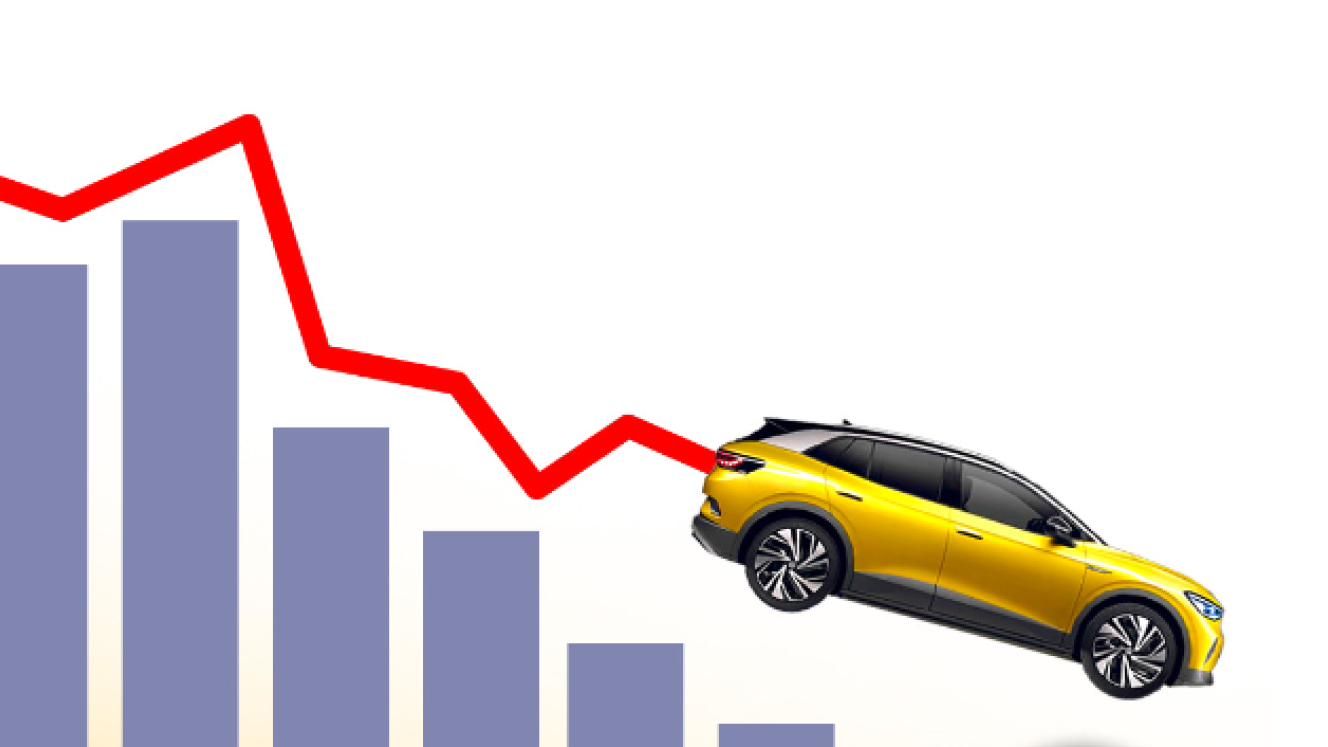- Joined
- Oct 20, 2013
- Messages
- 35,172
- Reaction score
- 16,500
- Location
- daily dukkha
- Gender
- Male
- Political Leaning
- Undisclosed
the wave of the future? maybe -but not now
Making matters worse for potential buyers, many EVs are likely to get a lot more expensive. Spooked by the potential of cheap Chinese cars flooding the market, the Biden administration has increased the tax rate on imported EVs to 102.5% this year from 27.5% before. Morgan Stanley research suggests that the move could slow the incursion of Chinese EVs into the United States.
According to recent research by Harvard Business School, one in five charging points across the U.S. don’t work.
Layer on top a bubbling geopolitical trade war—as the U.S. and European Union introduce import tariffs on Chinese-made vehicles—and you begin to see strong headwinds against making the leap to buy an already more-expensive car than its fuel-chugging equivalent.
While parts shortages have hit all vehicles, including gas cars, it’s the computer chips and batteries that power EVs that are in acute short supply.
there would need to be an astronomical increase in the number of charging points built in the U.S. to meet forecast demand by 2030, according to Loren McDonald of industry analysts EVAdoption. In all, 2.8 million stations could be needed by 2030, according to EVAdoption.
BloombergNEF analysts recently slashed their outlook for sales of EVs through 2026 by 13%. (Plug-in hybrid vehicles could still see growth, the researchers suggested.)
Making matters worse for potential buyers, many EVs are likely to get a lot more expensive. Spooked by the potential of cheap Chinese cars flooding the market, the Biden administration has increased the tax rate on imported EVs to 102.5% this year from 27.5% before. Morgan Stanley research suggests that the move could slow the incursion of Chinese EVs into the United States.
According to recent research by Harvard Business School, one in five charging points across the U.S. don’t work.
Layer on top a bubbling geopolitical trade war—as the U.S. and European Union introduce import tariffs on Chinese-made vehicles—and you begin to see strong headwinds against making the leap to buy an already more-expensive car than its fuel-chugging equivalent.
While parts shortages have hit all vehicles, including gas cars, it’s the computer chips and batteries that power EVs that are in acute short supply.
there would need to be an astronomical increase in the number of charging points built in the U.S. to meet forecast demand by 2030, according to Loren McDonald of industry analysts EVAdoption. In all, 2.8 million stations could be needed by 2030, according to EVAdoption.
BloombergNEF analysts recently slashed their outlook for sales of EVs through 2026 by 13%. (Plug-in hybrid vehicles could still see growth, the researchers suggested.)






